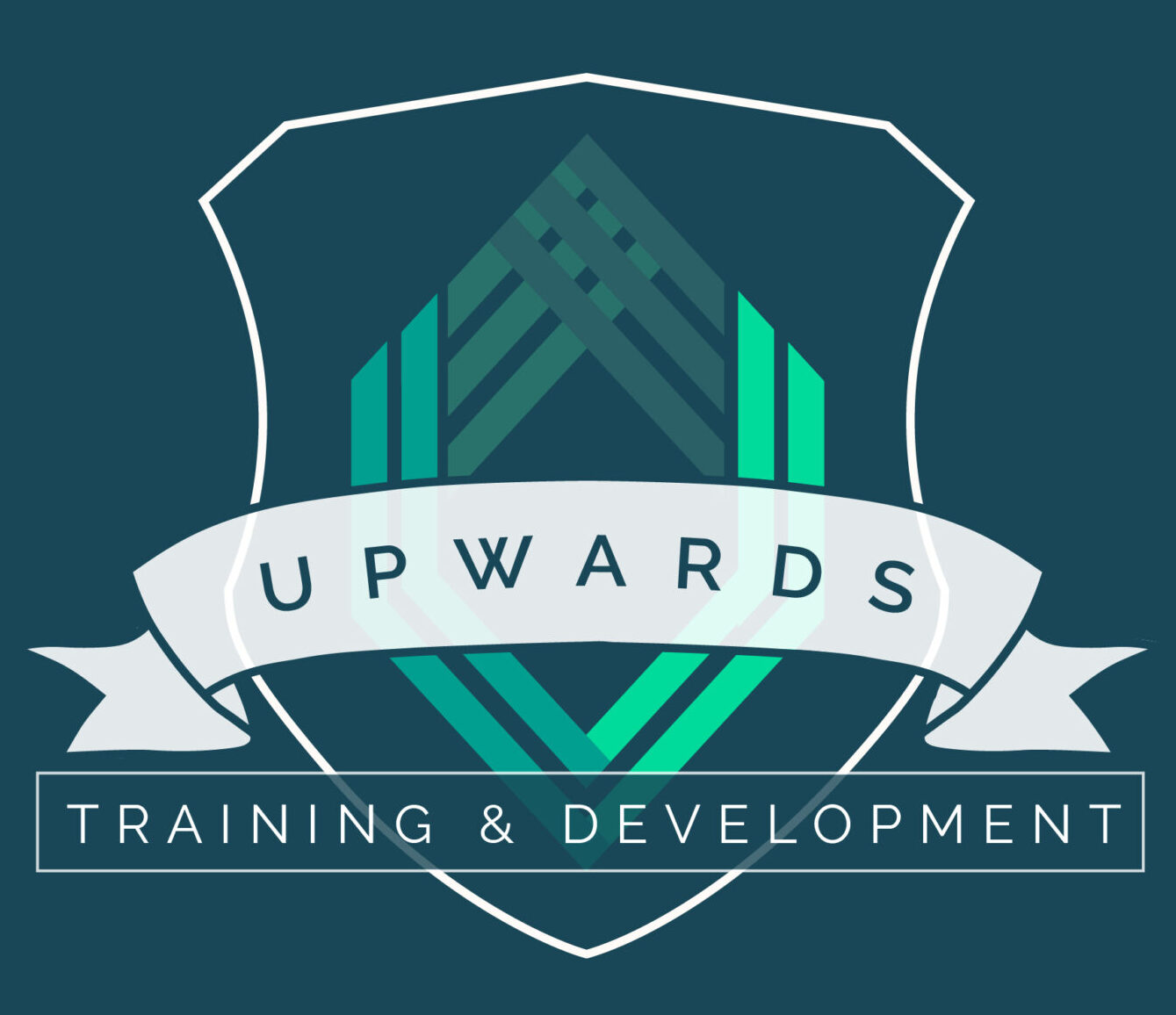A portion of our daily jobs, like our daily lives, is taken up with repeatable tasks that don’t stretch us or have much room for imagination and creativity. They are part of the fabric of existence, providing the contrast that makes engaging and fun tasks enjoyable, the things that if ignored, lead your life to begin unravelling. Yet as a hiring manager, I sit in a quandary of how best to balance honesty with subjectiveness and the changing needs of job seekers.
I recently read this quote about the evolution of how we attract people to jobs, what they referred to as the ‘Great Attrition and Great Attraction.’
“We have to change our value propositions and how we think about the workforce to start attracting talent back into the workforce. You’ve got to make industries and roles attractive from the beginning.”1
This got me thinking. Is it immoral to dress a job up as being fun, jazzy and influential, when really you’ll be pushing papers, organising meetings and taking notes? Is it honest to build someone up with the potential of what a role could be, glossing over what it really is now? How do you reconcile some people being able to see how those meeting notes fit into the bigger picture, versus those who can’t see past the mundanity of it? How can we control for the fact that some people love taking notes and some people hate it?
What problems will we create for ourselves down the line if we are dishonest or unclear at the start? I had the idea, unrealised, a few years ago when tasked with writing a job description that we could open with the boring, dull bits, then close with what’s fun and worthwhile.
Am I alone in thinking that, like life, a decent chunk of our day is dull and monotonous? There are hygiene things to do which can be packaged as fun or can be dreaded. Hands up who enjoys cutting their nails.
Summing up, I think there is a healthy dose of reality needed on both sides of the interview table, or Zoom window; both sides are trying to sell themselves to the other one, both have something the other one wants, i.e. value and power, and both need to inject realism into their expectations. Open communication using plain language must be at the top of our toolboxes, with a clear goal in mind, and flexibility around the route to get there.
Sources:
1. https://www.mckinsey.com/capabilities/people-and-organizational-performance/our-insights/talent-in-a-changing-market-what-now, accessed 10th Jan 2023)




